Advertisement
Even contacts made for overnight use can hurt your eyes
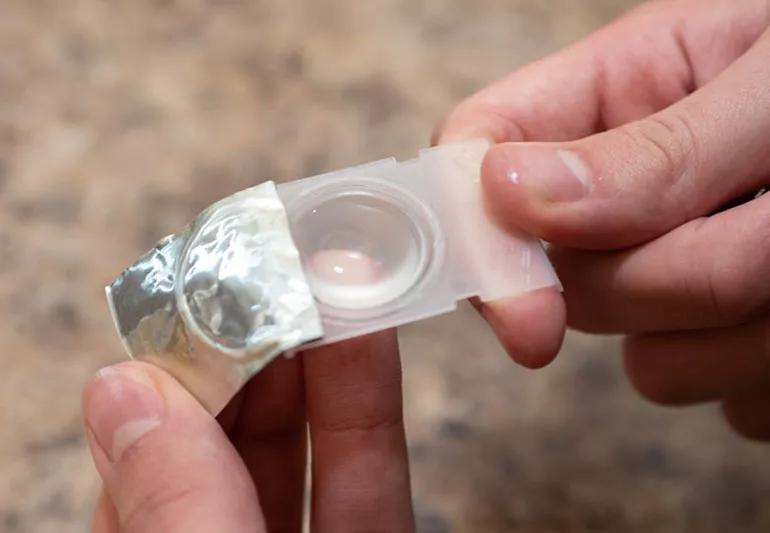
Your daily contact lens routine may seem to be working well. But experts say some common practices can be threatening to eye health.
Advertisement
Cleveland Clinic is a non-profit academic medical center. Advertising on our site helps support our mission. We do not endorse non-Cleveland Clinic products or services. Policy
“It’s a lack of information,” says ophthalmologist Jeffrey Goshe, MD. “People aren’t being told to do most of the things that are standard for contact lens care.”
Dr. Goshe shares these do’s and don’ts for safe contact lens use.
When you’re tired, spending the time to take out your contacts can feel like a chore. But sleeping with them in reduces oxygen flow to the eye and puts you at risk for infections.
“Despite what manufacturers say about lenses that are safe to sleep in, almost every study of contact lens-related infections found a strong link between the risk of infection and sleeping in contacts,” Dr. Goshe says.
“There are newer lenses that are approved for continuous wear up to 30 days, but I still recommend that my patients remove their contacts on a daily basis.”
“If your contact lenses are too loose or too tight, you can have problems,” says Dr. Goshe.
People may not realize that the fit of their lenses can change throughout their lives, and an annual check-up can determine if adjustments should be made.
When you jump around from doctor to doctor based on who’s offering a glasses coupon, it’s harder to keep track of your eye health over time. If you do have problems, go to an optometrist or ophthalmologist, not an urgent care center.
Advertisement
“Some people say they wear them until they feel like they need to be changed – but that’s a sign that something bad has already started to happen,” Dr. Goshe says. That could be an abrasion to your cornea or bacteria building up on the inside of your lens, for example.
“If your lenses are designed to be replaced every two weeks, you should replace them at least that often,” Dr. Goshe says.
Never rinse your contacts with tap water or stick them in your mouth. Tap water is not sterile and may contain organisms that can cause very severe infections.
Contact lenses should be cleaned with a commercial contact lens solution, following the instructions provided by the manufacturer. Clean and dry your case each day and fill it with new solution rather than “topping off” the solution from the previous day.
“If you are experiencing pain, redness, blurriness or light sensitivity, your eyes may be having a problem that requires medical attention,” Dr. Goshe says.
As a rule of thumb, if any of these symptoms persists for more than 24 hours, it’s time to see an optometrist or ophthalmologist as soon as possible. If the symptoms are severe, you should be seen immediately.
“If treated promptly, the majority of contact lens-related problems don’t lead to long-term vision problems,” Dr. Goshe says. “However, in severe cases, scarring, reduced vision, or blindness can result.”
By knowing the facts, you can comfortably wear contact lenses without strain or injury to your eyes.
Learn more about our editorial process.
Advertisement

While it’s best to fix amblyopia during childhood, it can also be addressed as an adult
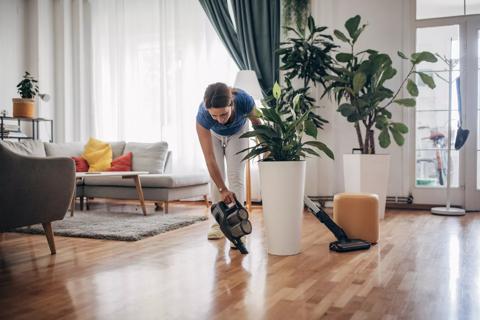
Preserving your social life and protecting your mental health are key to living well with vision loss
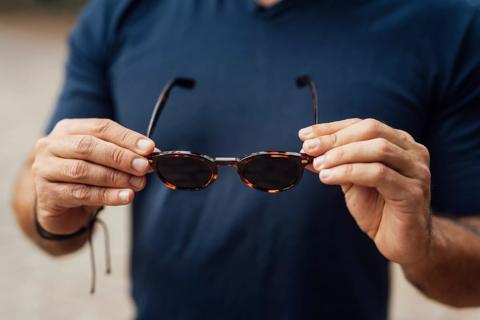
Start low-vision rehabilitation as soon as possible and see your retina specialist at least every six months

These trendy glasses might brighten some shades and help you see the difference between colors or brightness of hues, but they won’t cure your color vision deficiency

Eye drops and cold water rinses can help speed up healing for viral and allergen-related conjunctivitis, but a bacterial infection will need antibiotics
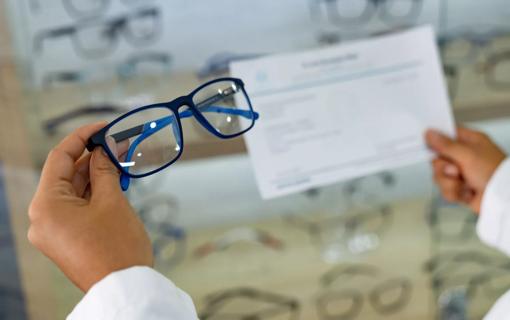
Your eye prescription reveals a lot about your eye health, including how they’re shaped, how well you see and what your new glasses can do for your sight
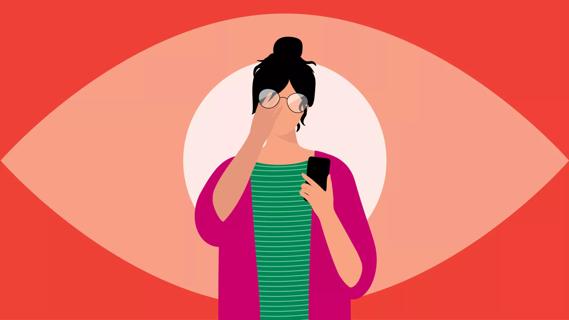
From scratching your cornea and tearing your retina to introducing allergens and causing infections, pawing at your peepers just doesn’t pay off

It’s critical to have the proper eyewear if you plan to look up at the sun, especially during the total solar eclipse on April 8, 2024

Focus on your body’s metabolic set point by eating healthy foods, making exercise a part of your routine and reducing stress

PFAS chemicals may make life easier — but they aren’t always so easy on the human body

While there’s little risk in trying this hair care treatment, there isn’t much science to back up the claims